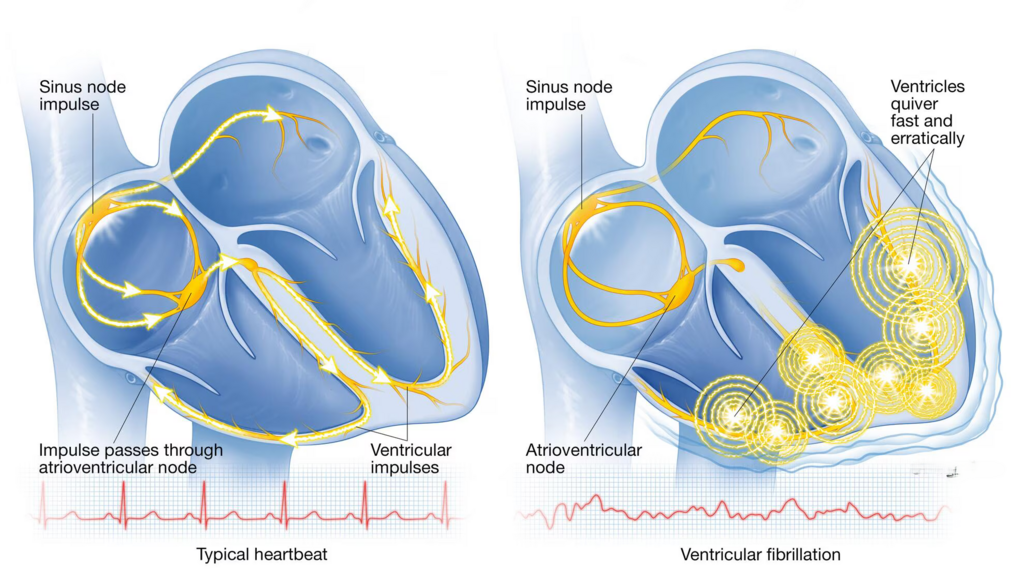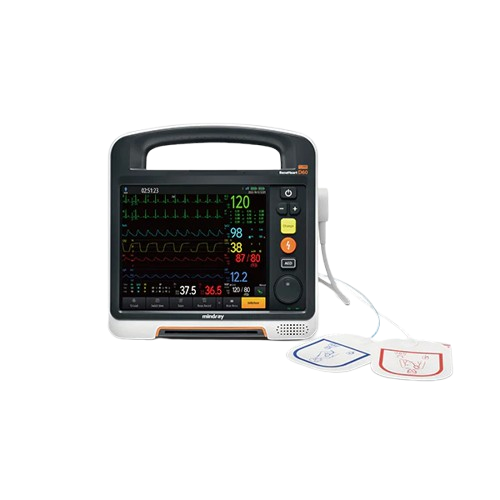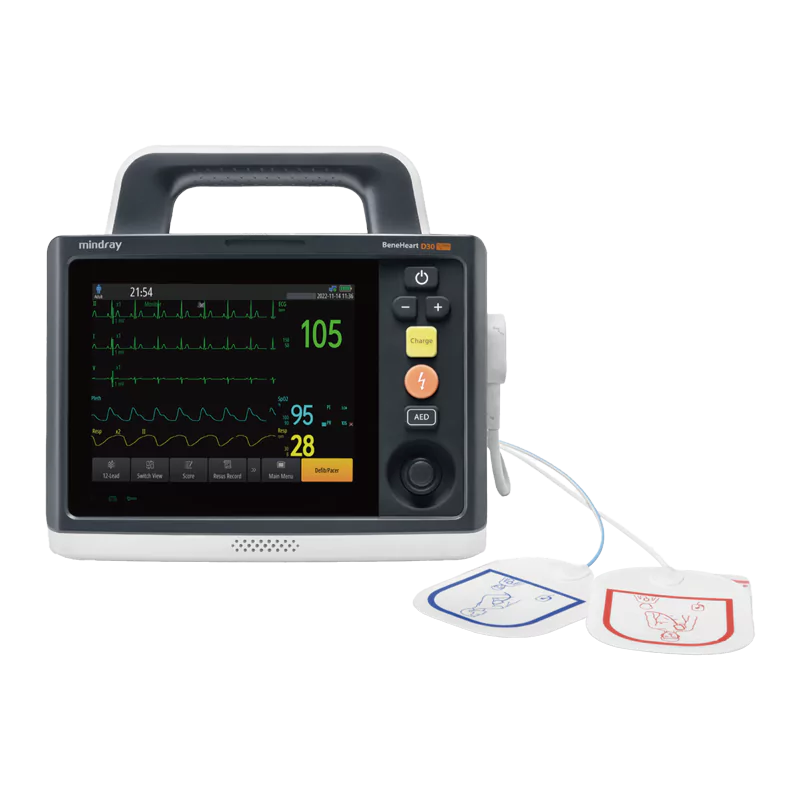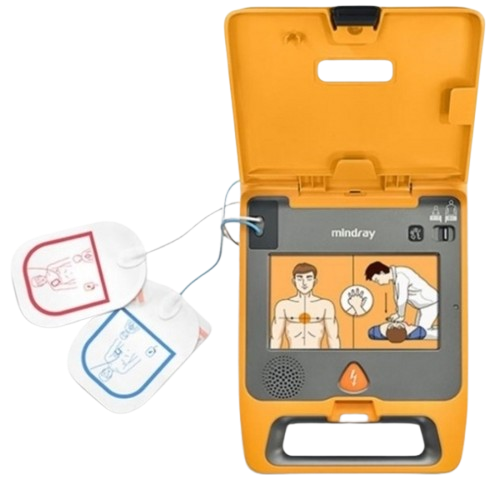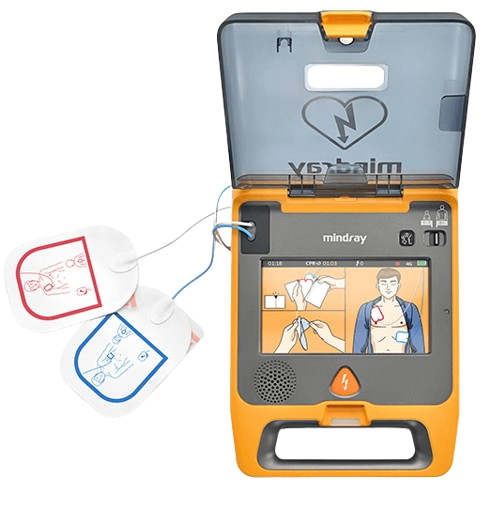Ventricular Fibrillation
Ventricular fibrillation is a life-threatening heart rhythm disturbance where the ventricles quiver rapidly and chaotically instead of pumping blood effectively. This leads to a sudden loss of circulation, causing cardiac arrest within seconds if not treated. It is often triggered by underlying heart disease, heart attack, or electrolyte imbalances. Immediate treatment involves CPR and defibrillation, which delivers an electrical shock to restore a normal heart rhythm.
